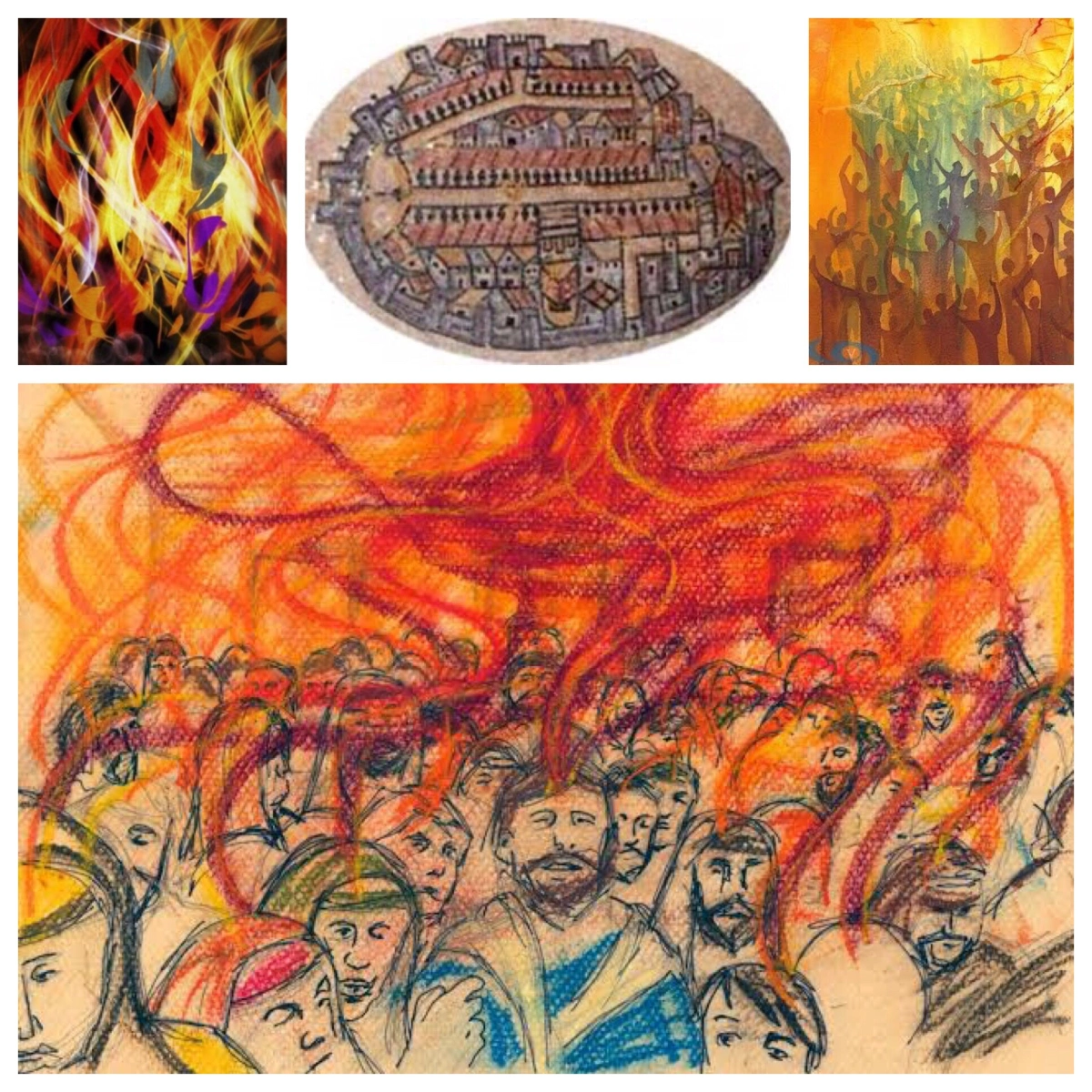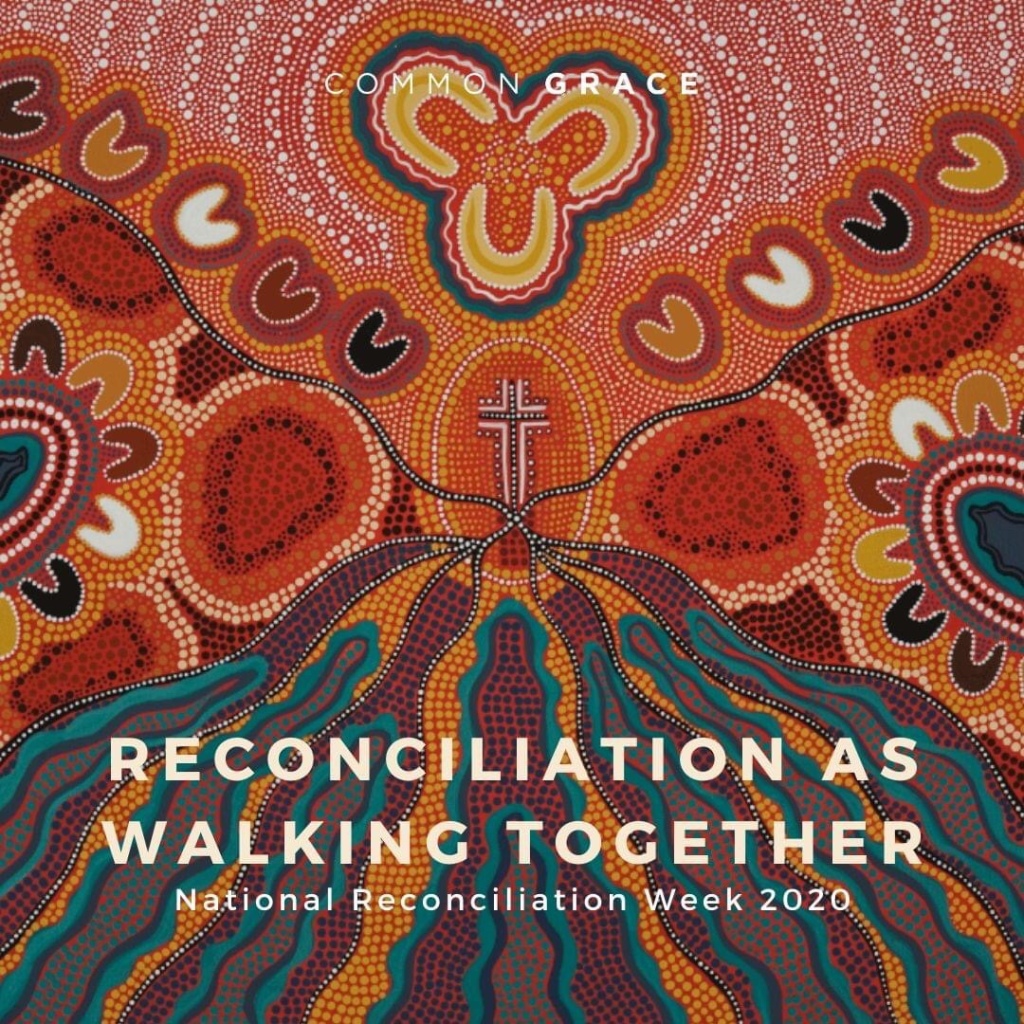In this blog post, I am reflecting on our values and principles, as we consider the possibility of Gathering-Together, after a time of Gathering-Apart during the COVID-19 restrictions. These thoughts follow on from my earlier biblical and theological considerations in https://johntsquires.com/2020/03/15/when-you-come-together-reflections-on-community-in-the-midst-of-a-pandemic/
*****
Last week, the Prime Minister indicated that, because of the good response across society to observe the restrictions on social gatherings and the limitations on moving around, there is now a plan for a three-stage move away from the current restrictions, towards a society where more mobility and more interaction in person will be possible.
This has, unsurprisingly, raised expectations amongst Congregations, that various activities might recommence. These activities include small groups, business meetings, hall rentals by local business or community groups, and, of course, Sunday worship.
In response to the statement by the Prime Minister, leaders of the 14 Presbyteries in my Synod met on Monday with the Synod leadership team. As a result, this leadership group has issued a clear statement, strongly recommending that we should not be meeting in person for services of worship or face to face meeting in our churches. You can read this at https://nswact.uca.org.au/media/8680/covid19-information-guide-gathering-12-may-2020v2.pdf
In the weeks to come, as the stages of easing restrictions come into play, there will undoubtedly be conversations about “can we meet together again, now?”. We will need to be prepared for such conversations.
In making decisions about these matters, we need to be sure that we are not simply rushed along with the excitement and anticipation that life will soon be “back to normal”. Life will return, step-by-step, to a situation that will be more like “normal” than the last few weeks have been. However, it is abundantly clear that life will not, indeed, be “back to normal”, as many are anticipating.
Life will change. Life will be different. Gathering-together, after a period of gathering-apart, will necessarily be different. Familiar customs and practices will not be able to be followed unthinkingly. Beloved institutions that have long been part of the Sunday worship rituals will need to be radically altered, or, indeed, put aside entirely.
There are a number of practical matters to be considered in relation to each activity that could re-commence with in-person gatherings. In my mind, these practical matters include:
* room size and spatial distancing (how do we ensure good monitoring of numbers of people in the building, and behaviours of people whilst in the building?)
* maintaining an accurate list of contacts (this is required, now, no matter what size of gathering, to facilitate tracing in the case of an infection, so—someone will need to take responsibility for this; people will need to be asked if they agree to having their contact details recorded; and will refusal to give permission mean access to the activity on the property will be refused?)
* ensuring non-contact in every activity (greetings at the door as people arrive for worship, shaking hands or hugging during the passing of the peace, the handshaking-line at the end of worship, the passing of the offering plate, the passing of the trays with individual communion glasses, and other elements—these will all need to be dropped)
* ensuring scrupulous adherence to thorough disinfecting procedures (the building must be thoroughly disinfected to be prepared before every use, and thoroughly disinfected at the end of every use—an activity that will take some time, each time the building is used)
* ensuring scrupulous adherence to strict food handling procedures (we need to adhere to commercial-standard protocols, and ensure that every volunteer understands exactly what they can and can’t do—and perhaps we should consider whether serving tea/coffee/nibbles after worship is to be banned?)
* the question of singing (latest research shows this is a high risk activity, especially inside, so singing the old favourite hymns or the new choruses will equally be out of bounds for some time—some experts suggest 18 months to 2 years, until a vaccine is available)
* and—pardon the gritty reality here—toilets (everyone will need to be committed to flushing with the lid closed and washing hands thoroughly after each use; we know that flushing toilets spreads aerosols which contain faecal matter—so the question to consider might well be, should toilets not be available for use? or should someone be rostered to thoroughly disinfect the toilet area after each and every individual use?)
Alongside that, there is a set of questions that we perhaps could explore in a fruitful way—questions which consider how we make decisions, how we undertake discussions, and who we are considering in the process of these discussions and decisions. And, from my perspective, reflecting on relevant biblical passages that can inform the way that we operate, can be helpful and fruitful.
Ministry leaders will be catapulted into such discussions (if we have not, already, found ourselves there). So here are some key principles, along with some associated biblical passages that, in my thinking, shape our ethos and inform how we make responsible ethical decisions about regathering as church.
1. Gathering for worship is important, but safety of people is more important
We know that, across society, there are many people who are vulnerable, who needs our particular care, support, and attention. Whilst gathering-together for worship, prayer, discussion, fellowship, and conversation, is highly valued, our highest priority must be to act in a manner that ensures the lowest risk for people in society, that offers a safe place and safe manner for people to gather-together.
We have committed to being a Safe Place some years ago, and whilst we have applied that to matters such as the safety of children and young people, the physical arrangement in our buildings, and acceptance of diversity. Can we now apply that to the matter of community health and wellbeing?
The psalmist reflects, “Because the poor are despoiled, because the needy groan, I will now rise up,” says the LORD; “I will place them in the safety for which they long” Psalm 12:5). In another psalm, we hear the prayer, “O Lord, let your steadfast love and your faithfulness keep me safe forever” (Psalm 40:11). We need to echo that sentiment and follow that commitment to safety as we gather together.
2. The weakest or most vulnerable is the test for any decision we make
The people who have high risk of infection are those who have the following vulnerabilities: an impaired immune system, one of a number of chronic medical conditions, age, and people with Aboriginal and Islander descent.
Paul writes to the believers in a number of his communities, exhorting those who are “stronger” to attend to “the weak”, with the fundamental principle that “orientation to the needs of the other” undergirds everything. That orientation should govern how we think about, and how we act in, the days ahead. Those who are most vulnerable in terms of age or health should be the litmus test for anything that we consider doing when we gather-together.
Our own personal needs (or desires), the hopes and wants (or desires) of a community of faith, need to have this first consideration governing all that they decide. As Paul writes:
“Do nothing from selfish ambition or conceit, but in humility regard others as better than yourselves. Let each of you look not to your own interests, but to the interests of others.” (Phil 2:3-4)
“Let us therefore no longer pass judgment on one another, but resolve instead never to put a stumbling block or hindrance in the way of another.” (Rom 14:13)
You can read more about this way of operating in Romans 14:1-15:13. This would form an excellent focus for a Bible Study to go alongside a Church Council discussion of what steps can be taken as we consider gathering-together once more.
3. Relationships with others are our first priority. Loving our neighbour takes priority over programs and activities
“Which commandment is the first of all?” Jesus answered, “The first is, ‘Hear, O Israel: the Lord our God, the Lord is one; you shall love the Lord your God with all your heart, and with all your soul, and with all your mind, and with all your strength.’ The second is this, ‘You shall love your neighbour as yourself.’ There is no other commandment greater than these.” (Mark 12:28-31)
Relationships with other people are given priority in this passage, and in the teachings of Jesus throughout the Gospels. That’s a fairly simple observation, but it is incredibly potent in the current situation. How do we ensure that we are “loving our neighbour” in what we decide and what we do together?
Jesus places this as the second “greatest commandment”, alongside the first, of loving God. We need to hold these two aspects in tension, and ensure that we do not focus solely on “loving God” (and doing that in the old, familiar ways, unthinkingly), but we hold together “loving our neighbour” with “loving God”, and that we prioritise these over “returning to business as usual”. If business as usual is just about ourselves as a group, then our higher priority needs to be about how we operate in relation to all those around us.
4. We have a commitment to the common good—the good of all people in society
Almost a decade ago, the Uniting Church adopted a snappy slogan which expressed our commitment to “the common good”. This has been a rallying cry at many gatherings where matters of social justice are being addressed and advocated for—refugees and asylum seekers, affordable housing, care for the creation and environmental policies, sheltering the homeless and feeding the hungry, for instance.
Now, in this challenging time, we need to apply that same commitment “to the common good” to the question of what the implications are when we gather-together, after a time of gathering-apart. We need to ensure that whatever steps we take do contribute to that common good, not simply to the benefit of the group gathering together—be that Congregation, Church Council, Fellowship Group, Bible Study Group, our informal lunch gathering at the church.
And let us remember that “the common good” is itself an important biblical marker:
“So then, whenever we have an opportunity, let us work for the good of all, and especially for those of the family of faith.” (Gal 6:10)
“To each is given the manifestation of the Spirit for the common good.” (1 Cor 12:7)
5. We need to ensure the safety of vulnerable people in leadership (ministry leaders, both ordained and lay)
“So the LORD said to Moses, “Gather for me seventy of the elders of Israel, whom you know to be the elders of the people and officers over them; bring them to the tent of meeting, and have them take their place there with you. I will come down and talk with you there; and I will take some of the spirit that is on you and put it on them; and they shall bear the burden of the people along with you so that you will not bear it all by yourself.” (Num 11:16-17)
This story from the Hebrew Scriptures demonstrates that God was concerned to take care of the leadership of the people of Israel. The seventy Elders were he people. appointed to assist Moses in his growing role as a leader of the people in a stressful and challenging time (as they journey through the wilderness, seeking a way to the promised land). The story from of old has strong resonances with our current situation!
If we accept that God demonstrated concerns for the pressures on Moses, can we see that this provides an analogy for the way that we offer care for our leaders, especially those who are vulnerable themselves, or living in a household with another vulnerable person?
Pressures on ministry leaders (both those ordained, and those lay people who are providing local leadership) to lead their people in gatherings should not be countenanced, until such time as it is clear that all the required protocols can be, and are being, adhered to, and they are not in any position of extra vulnerability because of this. That requires careful discernment and wise leadership at the local level.
See also https://johntsquires.com/2020/05/05/the-times-they-are-are-a-changin/
See also https://johntsquires.com/2020/05/04/not-this-year-so-what-about-next-year/
https://johntsquires.com/2020/04/22/its-been-just-over-a-month-but-there-have-been-lots-of-learnings/























